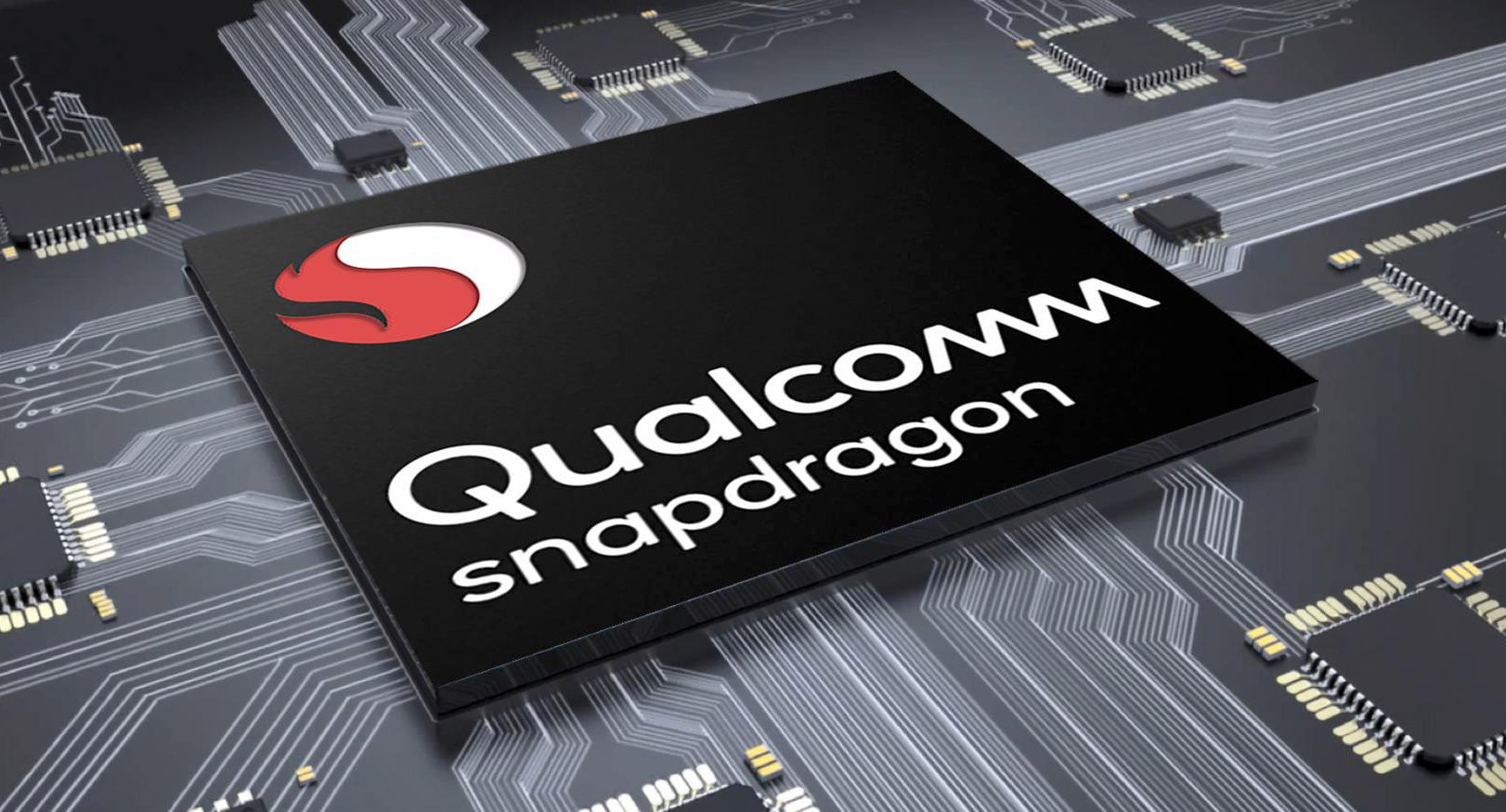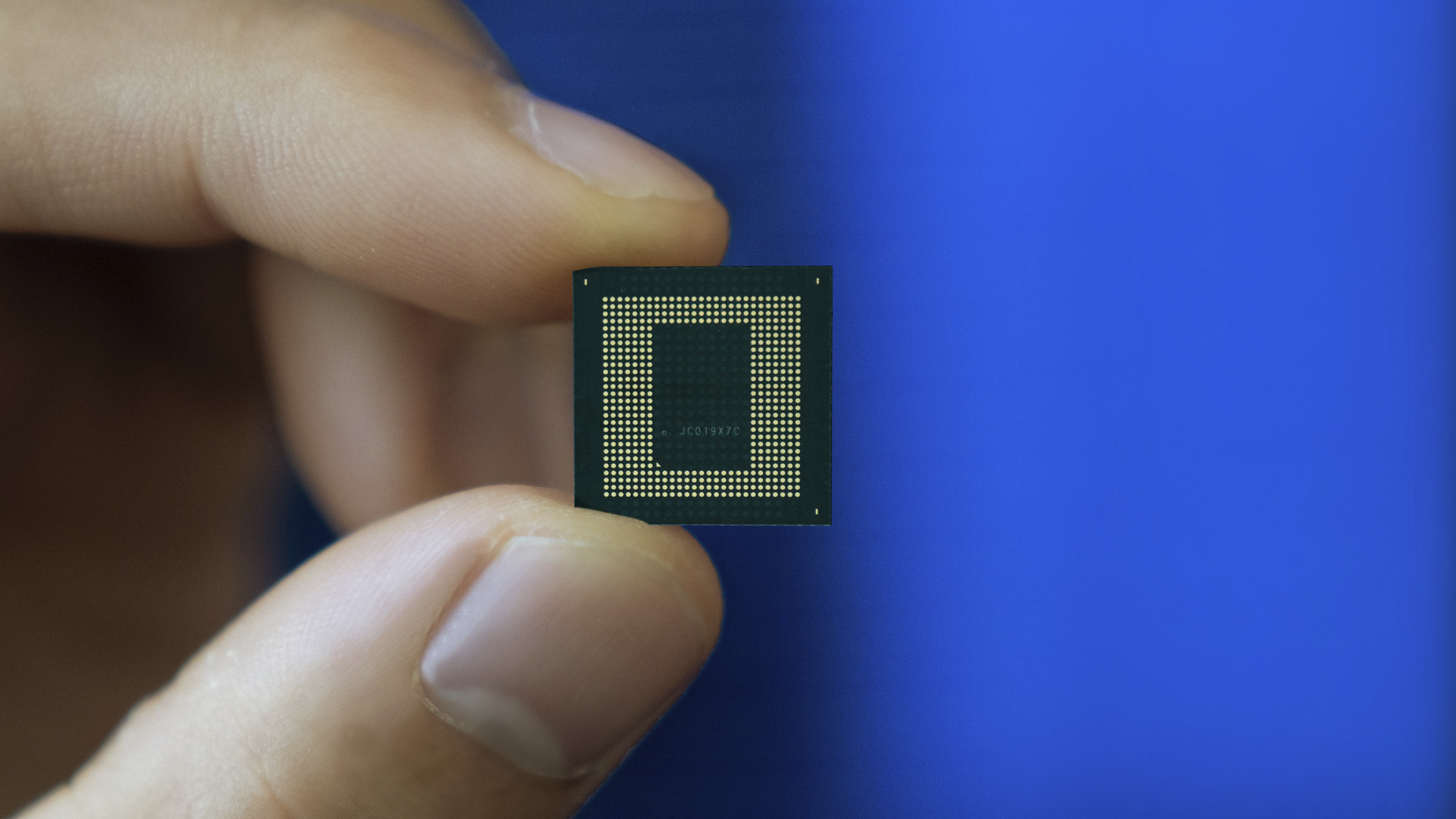Affiliate links on Android Authority may earn us a commission. Learn more.
Qualcomm tipped to adopt Kirin 980 formula for Snapdragon 855
October 30, 2018

- Qualcomm will apparently adopt a tri-cluster CPU arrangement for the Snapdragon 855.
- The company is tipped to use four low-power cores, two medium-power cores, and two high-performance cores.
- Huawei’s Kirin 980 processor uses a tri-cluster setup as well, but the idea was pioneered by MediaTek.
The Qualcomm Snapdragon 855 (also known as Snapdragon 8150) is set for a December reveal, and will undoubtedly power plenty of flagship phones in 2019. We already know it’ll offer a 7nm design and 5G support of some kind, but a new leak may have revealed CPU details.
According to WinFuture journalist Roland Quandt, the Snapdragon 855/8150 will adopt a tri-cluster CPU arrangement. This supposedly consists of four “Silver” cores (presumably semi-custom Cortex-A55 cores), two “Gold” cores, and two more “Gold+” cores. Qualcomm traditionally uses the Silver name for its low-power cores, while Gold is used for its high-powered cores. To the best of our knowledge, the “Gold+” moniker hasn’t been used by the company before.
Qualcomm is doing what HUAWEI does with the Kirin 980: using three CPU core clusters on the SM8150 (SDM855) – 4 “Silver”, 2 “Gold”, 2 “Gold+” cores.— Roland Quandt (@rquandt) October 28, 2018
This seems similar to HUAWEI’s Kirin 980 chipset, which also offers a tri-cluster octa-core CPU arrangement. The HUAWEI chipset has four Cortex-A55 cores, two Cortex-A76 cores clocked at 2.6Ghz, and two 1.92Ghz Cortex-A76 cores.
It’s unclear if Qualcomm would go the HUAWEI route and use underclocked Cortex-A76 cores for the middle cluster. The company could even look to tri-cluster pioneer MediaTek for inspiration. The Taiwanese firm’s Helio X30 deca-core processor offered a tri-cluster arrangement too, but it only used two high-performance cores (Cortex-A73), while low-power Cortex-A53 and Cortex-A35 cores accounted for the other eight cores.

A tri-cluster chipset could theoretically deliver a more power-efficient chipset for Qualcomm. Most flagship processors have a dual-cluster design, offering one cluster of low-power cores and another featuring power-hungry cores. A medium cluster in between these two existing CPU clusters could handle tasks that are overkill for the big cluster, but require more power than the small cluster can dole out.
MediaTek previously described the concept as similar to a car with more gears. The idea is that you’re adding a gear (the middle cluster) between the first and fifth gears for better fuel savings and performance. It’s unclear whether this concept actually works well but, if Qualcomm is indeed preparing a next-gen tri-cluster chipset, then they think it’s worthwhile.
Up next: Best Bluetooth headphones for your headphone jack-less OnePlus 6T
Thank you for being part of our community. Read our Comment Policy before posting.